ISABELLE LE MINH ▼▼▼ WORKS
LOINTAIN SI PROCHE
AFTER ALIGHIERO & BOETI
2012
--------------------------------------------------------------------------------------------------------
Oil on canvas ; painters: Lan Xin, Bruce Cheng
50 x 60 cm and 60 x 60 cm

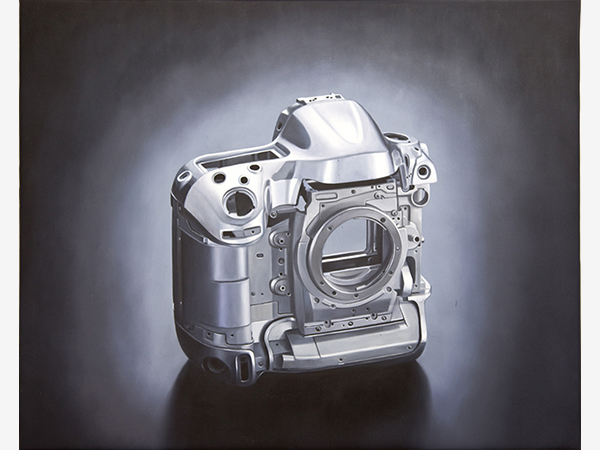
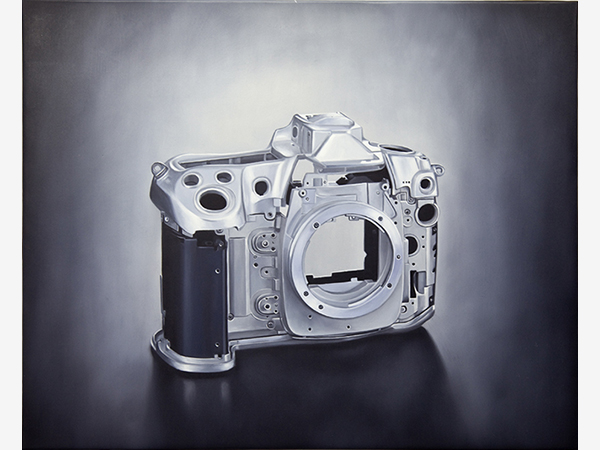
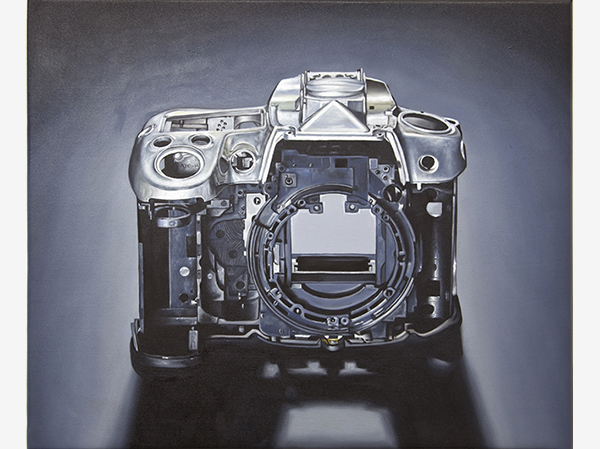
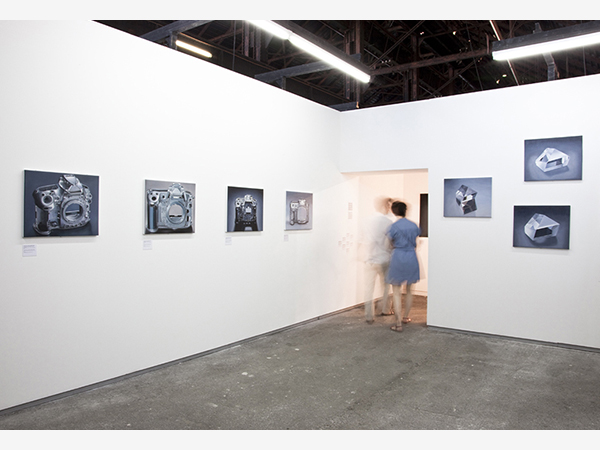
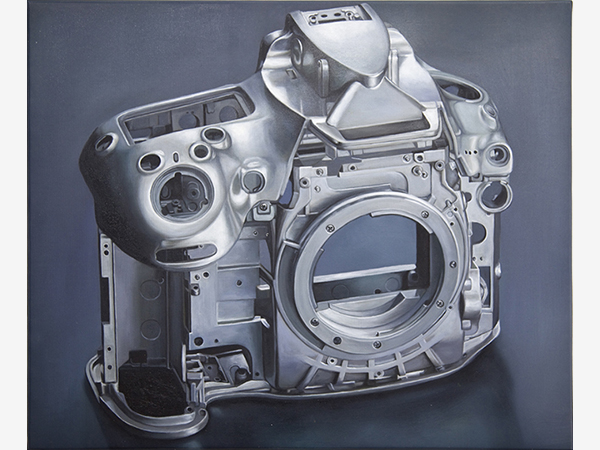


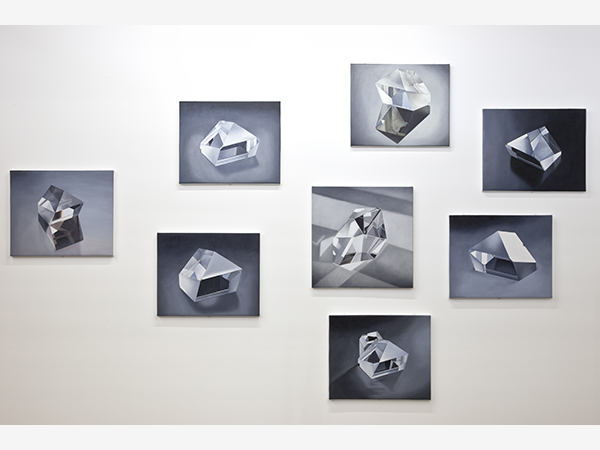

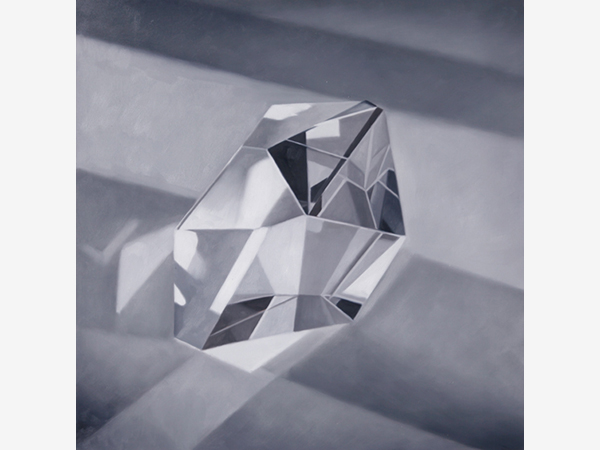
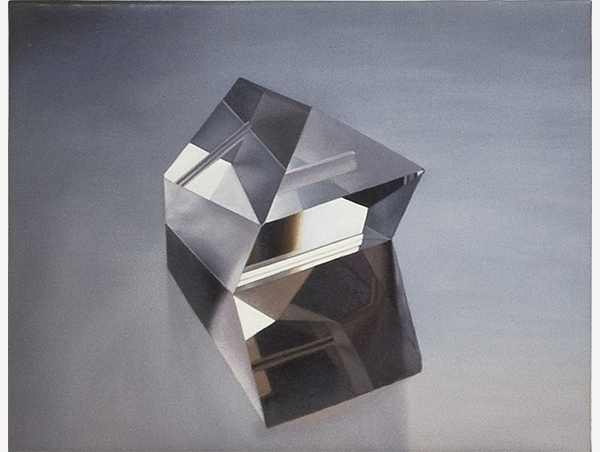
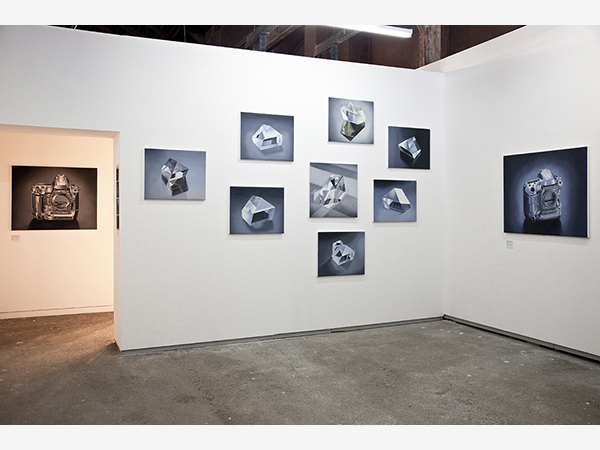
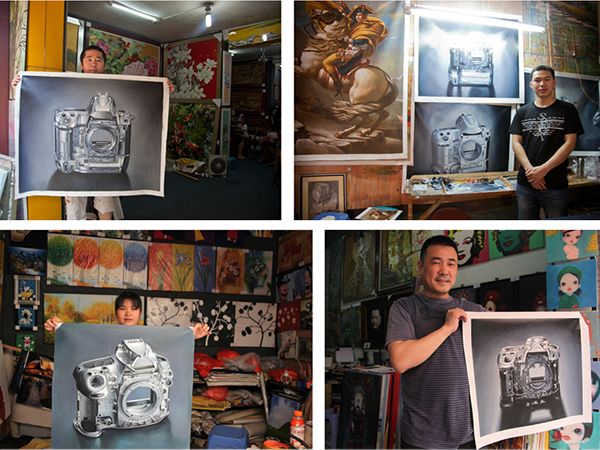
In the past it was easy to understand how a camera worked, whereas today’s models are compendiums of technology. To highlight the sophistication of their products, the advertisements of major brands ‘undress’ cameras and present them in an extremely refined manner, in such a way that they seem unreal: the pentaprisms of reflex cameras – like new philosophers’ stones of photography – begin to look like diamonds and the camera bodies (in magnesium alloy to resist shocks) look like armour.
We often forget that, due to the globalisation of the economy, manufacturers, be they European or Japanese, have their cameras assembled in China where low-paid workers toil in unenviable conditions. In reality, many more of us take offence at seeing painters – those in a suburb of Shenzhen in China – specialise in copying art so as to reproduce paintings in industrial quantities (90% of copies produced in the world are done by some 500 painters who have established themselves in Shenzhen at the initiative of a Hong Kong entrepreneur).
In a spirit of a ‘return to sender’ and in homage to Allighero e Boetti, who produced large India ink paintings on paper in 1965, representing, among other objects, photographic cameras, and who got some of his works manufactured abroad by local crafts people (tapestries in Afghanistan and Pakistan), I went to Shenzhen to ask copyist artists to reproduce a selection of photographs of pentaprisms and camera bodies with the hope of perhaps seeing something like an aura reappear, this particular quality that Walter Benjamin defined as ‘the unique appearance of a distance, however close it may be’.
Although in The Work of Art in the Age of its Reproducibility, Walter Benjamin in fact attributed the loss of the aura to the reproducible nature of photography, today we witness a paradoxical situation because painting itself becomes a mass production craft and in reality takes on an almost mechanical character, whereas the invention of photography was supposed to free painting from its imitative representation purpose. As for the copyist painter, he becomes anonymous like the low-paid worker who assembles cameras in a factory.